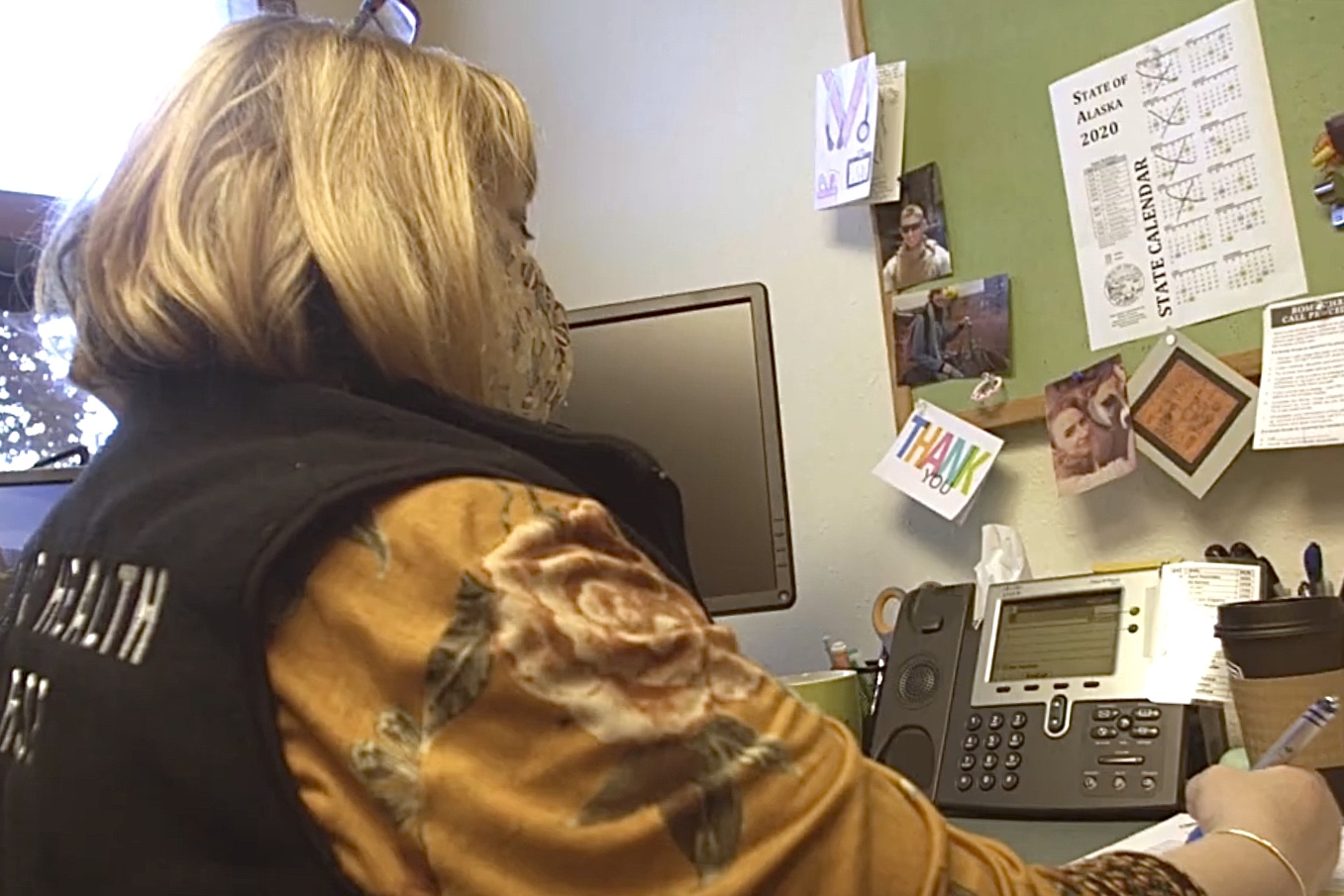
What is contact tracing and how does it work in Alaska?
June 23, 2020 – News
Contact tracing is a time-tested public health tool that effectively prevents the spread of contagious diseases. For COVID-19, this is how it works:
- Public health case investigators work with people who’ve tested positive for COVID-19 to identify everyone they may have been in contact with during the timeframe they were contagious. This is considered the two days prior to symptom onset for symptomatic cases or two days prior to the sample collection date for asymptomatic cases. This group of people are known as “close contacts.”
- When possible, the person who has COVID-19 provides the names and contact information (phone numbers, email addresses) for the people that were in close contact with him/her during the infectious period. Case investigators may also have to work with employers if a positive case attended work while infectious but cannot remember who they came into close contact with.
- The contact tracer then communicates with the close contacts, letting them know of the potential exposure. Close contacts are not told who the case is, just that they were potentially exposed. Close contacts are asked to quarantine for 14 days since last exposure to the positive case and to look for symptoms of COVID-19 disease during their quarantine period.
- Contact tracers also provide instruction, education, and support to ensure that the close contacts do not infect additional individuals if they become ill themselves.
- Contact tracers check in with identified close contacts to inquire about symptoms and provide support to ensure they have what they need to remain quarantined for 14 days from last exposure.
- Contact tracers will also ask people in quarantine if they have left their quarantine location at any point or if they have had any visitors. This information is important because, if the close contact becomes a case, then anyone they might have infected will need to be contacted.
- Case investigators and contact tracers are trained in HIPAA regulations and the Alaska Department of Health and Social Services (DHSS) ensures private information of positive cases and close contacts is kept confidential. All users who have access to the disease surveillance system maintained by DHSS, where information from case investigation and contact tracing is kept, sign a confidentiality statement acknowledging restrictions on access.
- To date within Alaska, case investigators have contacted 95% of the positive cases within two hours of the Section of Epidemiology being notified of a positive test.
Learn more about contact tracing here.
